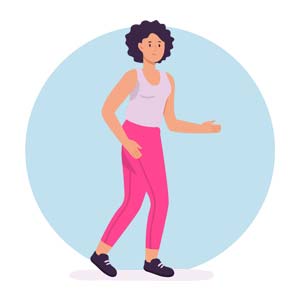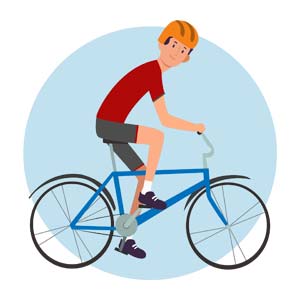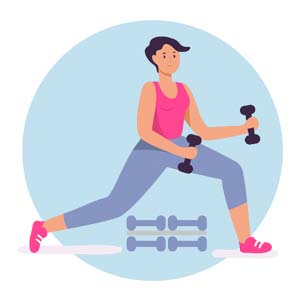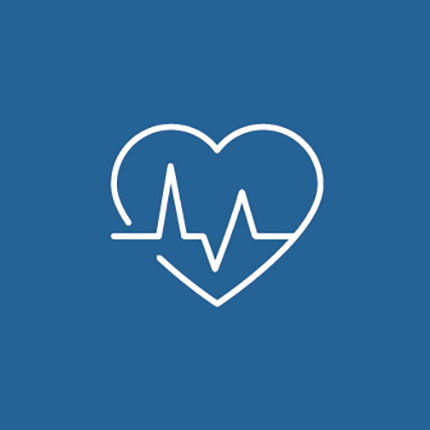Find a Cardiologist
Most Recent Prescription for Cholesterol
About 71 million people in the United States have slightly elevated cholesterol levels. However, having high cholesterol does not show symptoms, so many people are not aware of this condition unless they do a blood test. It is ideal to have your cholesterol levels checked every four to six years as high cholesterol levels may increase a person’s risk for heart disease, stroke, high blood pressure and diabetes.
To honor National Cholesterol Education Month, we’d like to feature a recent prescription for cholesterol recommended by the American Heart Association (AHA). That prescription is exercise.
Why Is Exercise Good for People With High Cholesterol?
The AHA suggests that doctors prescribe exercise to people with mild to moderate high cholesterol levels. Exercise can help increase a person’s high-density lipoprotein (HDL) cholesterol levels, also known as good cholesterol. HDL is responsible for keeping low-density lipoprotein (LDL) cholesterol, also known as bad cholesterol, away from the arteries. HDL takes LDL to the liver so it can be broken down and removed from the body.
Additionally, people who are physically active are 21% less likely to develop cardiovascular disease compared to people who live a sedentary lifestyle.
6 Exercises That May Help Lower Bad Cholesterol Levels
The AHA encourages doctors to help people with high cholesterol levels identify certain exercises they may enjoy and provide them ample resources. There are many physical activities to choose from, but here are some types of exercises that, as per several studies, have proven to be effective at reducing cholesterol levels.
 1. Jogging An easy jog for a few miles may be better for lowering your cholesterol levels than short sprints across the park. If you have healthy joints, jogging may be the exercise for you. |
 2. Brisk walking How much you exercise is more important than the kind of exercise you do. If you can’t jog or run yet, it’s okay to start slowly or try brisk walking as long as you keep going. |
 3. Biking Ride a bike on your way to work or schedule biking as a regular family weekend activity. Biking expends the same amount of energy as jogging, but it’s kinder to your joints. |
 4. Swimming An hour of swimming burns almost as many calories as running, without the impact on your joints and bones. It’s also a great way to work out and tone your entire body. |
 5. Strength training Combining both aerobic exercises and strength training can help you lose more weight and fat than doing just one type of exercise which can help you lose more bad cholesterol. |
 6. Yoga Research reported in the Indian Heart Journal states that a three-month, one-hour a day yoga program helps reduce cholesterol levels. It may also reduce your risk for heart disease. |
Final Thoughts
If you have elevated cholesterol levels, any physical activity is better than nothing and may be helpful for reducing cholesterol levels and decreasing your risk for heart disease. You just have to choose which works best for you based on what you enjoy, your lifestyle and overall health. You may also combine several exercises or switch things up from time to time. Just be sure to consult your doctor before trying any new activity to avoid injuries or any other conditions. As always, we’re here for you, cheering you on.
Sources:
American Heart Association
Centers for Disease Control and Prevention
National Center for Biotechnology Information
Healthline



